
LE Audio Bluetooth audio technology is a brand new standard that will revolutionize the music listening experience.
In January 2020, LE Audio was launched, attracting the attention of the entire audio industry.
Compared to classic Bluetooth, LE Audio adopts a new encoding format, LC3, and synchronization mechanism, offering advantages such as high sound quality, low latency, and low power consumption. Through technologies like “multi-stream audio” and “broadcast audio,” it enables simultaneous connections to multiple receiving devices, reducing latency while improving stability, marking a new milestone in Bluetooth audio technology.
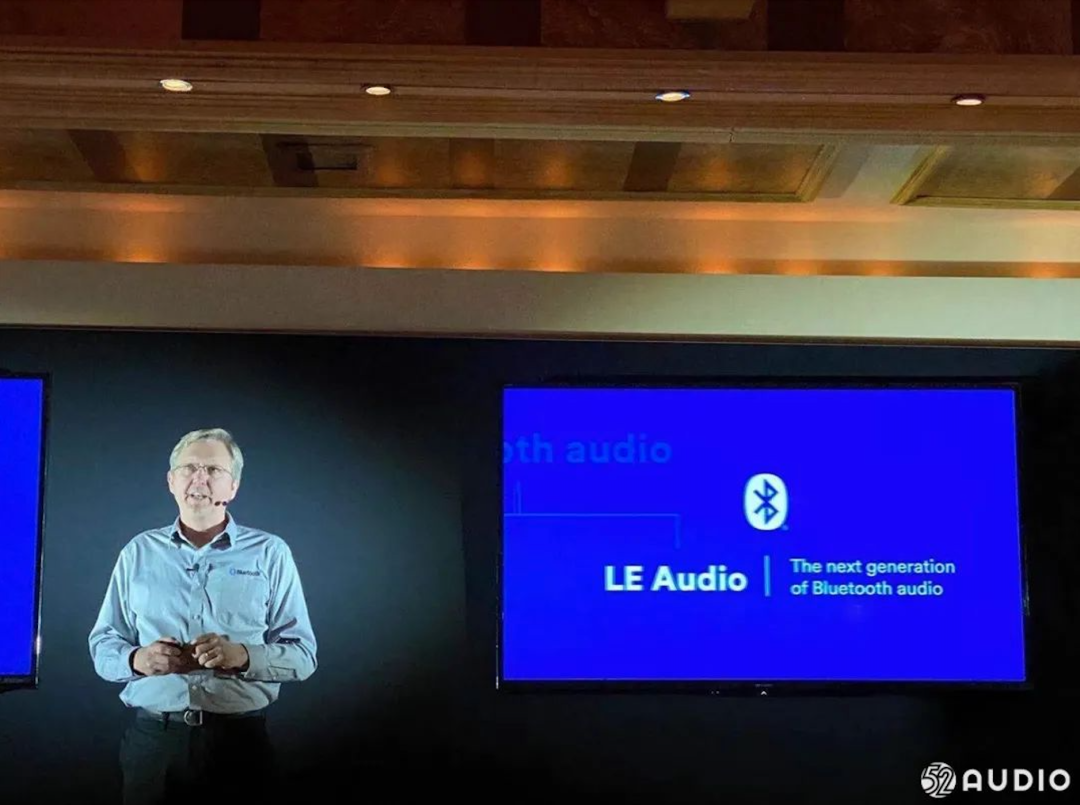
However, current products do not yet support this Bluetooth technology, as there is still a stock of chips already released in the market, and devices such as smartphones and computers will take time to catch up. Based on market trends, it is expected that the LE Audio standard will become mainstream in the audio field in the near future.
We at I Love Audio have previously explored and comprehensively interpreted Bluetooth 5.2 and LE Audio.
Today, the editors of I Love Audio will take you deeper into this technology~

Key Milestones in the Audio Market: Advancing the LE Audio Standard
LE Audio is the next-generation Bluetooth technology standard, a completely new audio architecture built on 20 years of innovation. Its main features include: ultra-low power consumption; an ISOC (isochronous) architecture with a new high-quality, low-power audio decoder, LC3; support for multi-stream audio and broadcast audio technologies, as well as strong support for hearing aids.
Bluetooth audio will soon support two operating modes: the previous Classic Audio will be based on classic Bluetooth wireless communication, while the newly launched LE Audio will be based on Bluetooth Low Energy wireless communication. LE Audio can support the same audio products and use cases as Classic Audio while enhancing performance and introducing new application scenarios.
LE Audio has three major technical advantages: first, multi-stream audio can provide completely independent communication links for headphones, achieving synchronized signal transmission, reducing communication latency, and helping to create superior performance TWS in-ear headphones; second, the low-complexity communication codec can achieve higher sound quality, lower power consumption, and lower latency, providing stronger support for hearing aids; third, broadcast audio technology enables audio sharing, allowing a single audio source device to broadcast one or more audio streams to an unlimited number of audio receiver devices.
LE Audio not only enhances Bluetooth audio performance but also implements audio sharing, a brand new technology that will again change the way we experience audio, providing us with an unprecedented audio experience. Additionally, LE Audio can leverage its diverse technical features to provide stronger technical support in markets such as Bluetooth headphones, smartphones, smart speakers, wearable devices, and broadcast audio equipment, indicating significant development potential for LE Audio in market applications.
This next-generation Bluetooth technology standard was launched in January 2020, and after more than a year, many companies and international tech giants have conducted in-depth research and follow-up on this new technology. We at I Love Audio predict that LE Audio will be fully implemented and promoted from late 2021 to 2022.
How to respond to the arrival of LE Audio?
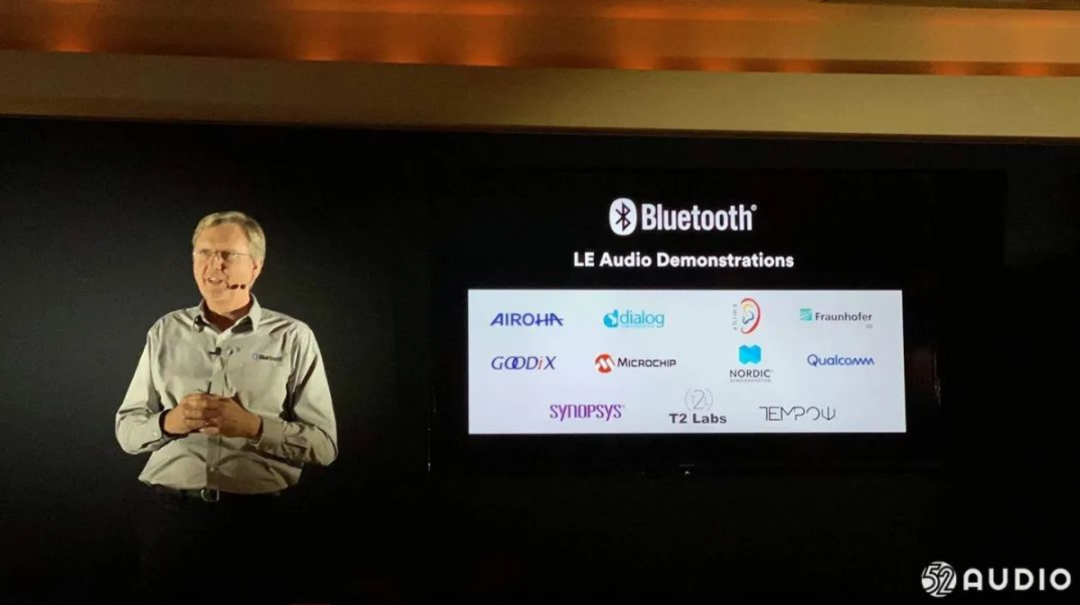
The arrival of LE Audio will undoubtedly bring significant changes to our lives.
The significance and importance of standardization cannot be underestimated, as it is crucial for both manufacturers and end-users.
Since the launch of this new technology, many domestic chip manufacturers focused on the audio field have begun to intensify their research and design efforts, eager to try out this new Bluetooth technology standard. For manufacturers, this presents a new challenge and opportunity, requiring interoperability and seamless collaboration between devices to become part of a large ecosystem.
For audio brand manufacturers, updating to LE Audio will become an important task in the near future, as more and more products adopting the LE Audio standard will emerge in the market with the follow-up of smartphone manufacturers and internet giants. How to better respond to market developments and changes will require real-time tracking of technological advancements. At the same time, LE Audio will also bring better compatibility to products; for two devices that both support LE Audio, such as a brand A smartphone and a brand B TWS earphone, the performance in terms of sound transmission latency, sound quality, and power consumption will be better than that of classic audio. Therefore, the popularization of LE Audio will also provide users and consumers with a better user experience.
For ordinary consumers, this technology provides a wealth of choices, allowing consumers to freely choose any device that supports LE Audio without worrying about compatibility issues. This technology will be reflected in new features of products in various audio fields such as TWS headphones, smart speakers, smart voice glasses, and smart wearable products. For example, it can allow sharing of personal audio broadcasts with those around, translating audio into one’s native language during meetings, ensuring that hearing-impaired individuals can timely hear airport announcements, and so on.
As LE Audio gradually penetrates the market, a wave of testing instrument upgrades will also follow, expected to occur from late 2021 to early 2022.
Next, let’s talk about BLE testing instruments, which are currently receiving significant attention in the market.

What type of testing instruments can test BLE products under the LE Audio standard?
Recently, we learned in the industry that Huabo Electronics has launched a testing instrument, the BTE100, capable of addressing the development of BLE technology and new testing needs.
Huabo Electronics’ next-generation Bluetooth testing system BTE100
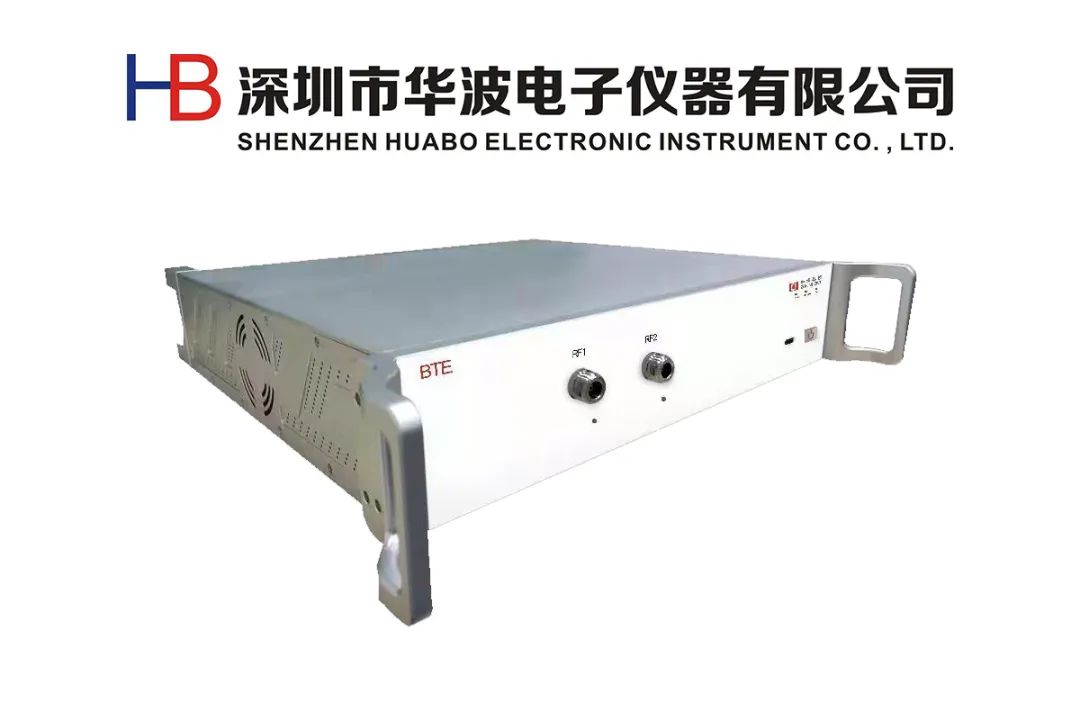
The BTE100 comprehensive testing instrument is a Bluetooth signaling testing device launched by Shenzhen Huabo Electronics Co., Ltd. & Shenzhen Zhongcheng Technology. It features a self-developed complete Bluetooth protocol stack and can be widely used in production, research and development, testing, and certification processes. It is also the first Bluetooth protocol testing system in China to support BLE testing.
Huabo Electronics’ BTE100 instrument can be used to test the wireless performance indicators of smartphones, computers, smart speakers, TWS headphones, and other Bluetooth-enabled products. The BTE100 supports classic Bluetooth (BR/EDR) protocol testing and low-energy Bluetooth (BLE4.2/5.0/5.1) protocol testing. Additionally, the device meets the functionality for competitive analysis. The BTE100 can support testing in both conducted and over-the-air environments.
Currently, the Huabo Electronics BTE100 team consists of nearly 30 postdoctoral researchers and has established deep cooperation with national committees, Shenzhen University laboratories, and the National Development and Reform Commission, which will provide significant R&D and customization services in the future, aspiring to become a benchmark for domestic instruments and contribute to the national instrument industry.
Huabo Electronics BTE100 testing instrument has three major features:
1. Complete BLE signaling testing
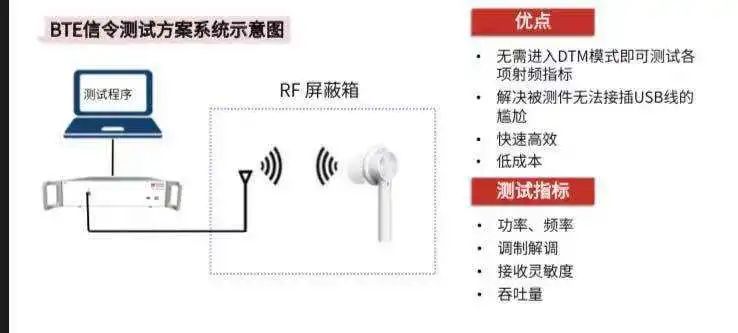
This BTE100 testing instrument from Huabo Electronics can test various RF indicators without entering DTM mode, solving the awkward situation where the tested device cannot connect via USB, making it fast, efficient, and low-cost.
2. Paring mode competitive analysis tool
The Huabo Electronics BTE100 testing system meets the functionality for competitive analysis, allowing the tested device to be tested without entering DUT mode, enabling rapid testing of various RF indicators; significantly increasing testing frequency and lowering testing thresholds; getting closer to the actual usage state of the product, significantly reducing testing costs; and allowing testing of the DUT’s maximum transmission power in Paring mode.
3. Supports high-throughput testing
The Huabo Electronics BTE100 testing system can perform over-the-air testing on multiple terminals simultaneously; the Bluetooth board can support multi-device testing; suitable for large-scale production line testing. Additionally, the BTE100 testing system is also compatible with and supports full functionality of MT8852B and N4010A testing instruments.
This Huabo Electronics BTE100 comprehensive testing instrument is currently the first Bluetooth protocol testing system in China to support BLE testing, applicable for testing wireless performance indicators of smartphones, computers, smart speakers, TWS headphones, and other Bluetooth-enabled products, including production, R&D, testing, and certification processes. It supports both classic Bluetooth (BR/EDR) protocol testing and low-energy Bluetooth (BLE4.2/5.0/5.1) protocol testing.

Testing against existing market products
This testing instrument not only provides complete BLE signaling testing, serves as a competitive analysis tool in Paring mode, and supports high-throughput testing, but also is compatible with classic Bluetooth (BR/EDR) protocol testing and low-energy Bluetooth (BLE4.2/5.0/5.1) protocol testing, outperforming other testing systems currently on the market.
Huabo Electronics BTE100 vs. CMW500 comparison report
Output power comparison:
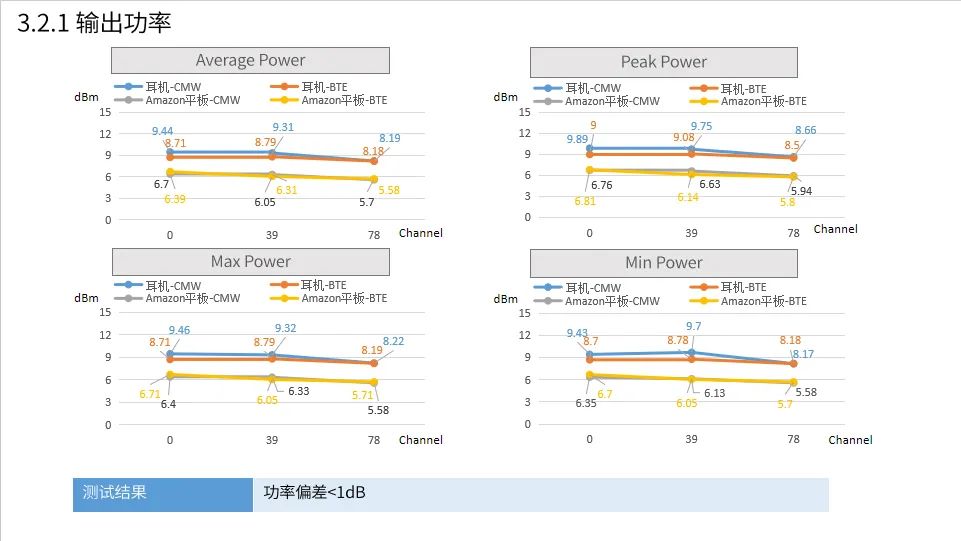
Huabo Electronics BTE100 can achieve the functionality of CMW500 and MT8852B.
Frequency offset and drift comparison:
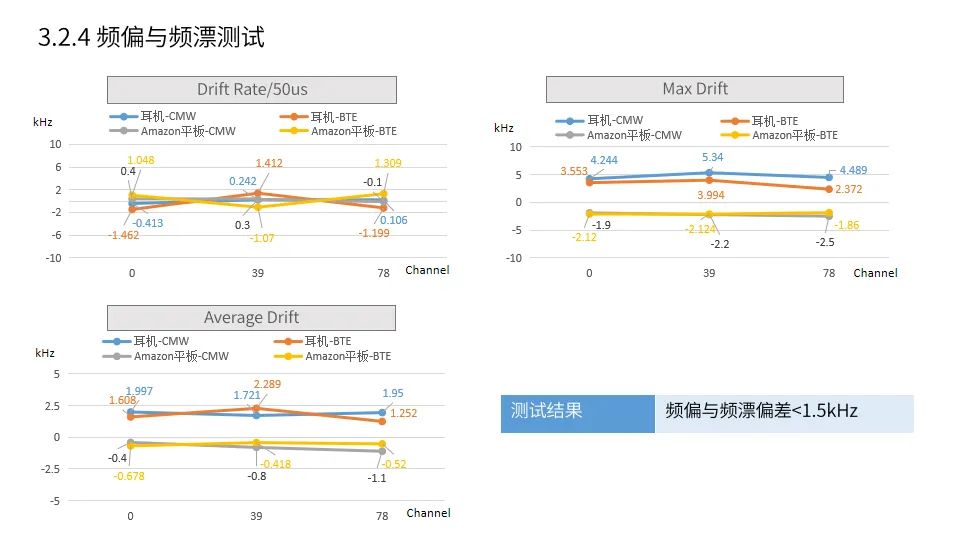
Huabo Electronics BTE100 can achieve the functionality of MT8852B/CMW500.
Sensitivity comparison:
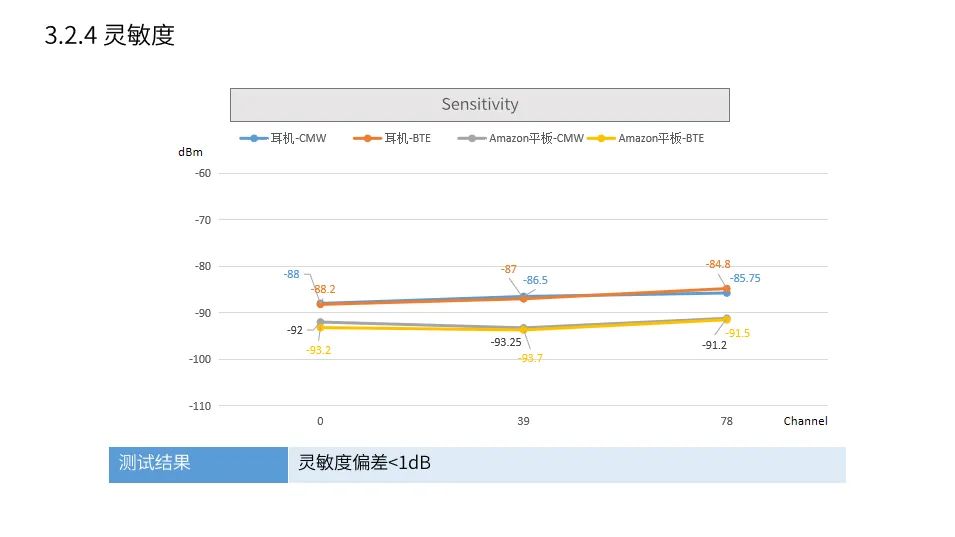
Huabo Electronics BTE100 can achieve the functionality of CMW500.
I Love Audio Summary
Undoubtedly, the advanced technology of LE Audio will enhance the audio experience for end users, allowing them to achieve seamless transitions between scenes in a world filled with audio, computing, sensing, lighting, and video. This will lead to the large-scale development of LE Audio and will be a significant advantage of Bluetooth technology.
So far, many manufacturers have joined the research and application of LE Audio technology, and competition in this field will become increasingly fierce. In the next two to three years, the rapid popularity of LE Audio in IoT devices has become a trend, with the rapid development of devices such as hearing aids, Bluetooth fitness trackers, health monitors, and Bluetooth VR headsets becoming important drivers for the future development of Bluetooth technology. Preparing for testing in advance may be the first step to seize the market.
With many tech giants entering this field, new requirements for BLE functionality will emerge.
How to gain an advantage in this field?
How to seize the BLE new era?
I Love Audio will continue to follow the developments related to Huabo Electronics BTE100, bringing you more detailed content.
Related Reading:
Where is the wireless audio industry heading in the next 20 years? A comprehensive interpretation of Bluetooth 5.2 and LE Audio
20 Questions for the Bluetooth Technology Alliance: In-depth exploration of LE Audio
I Love Audio
2021 Second Half Activity Reminder
Is there an event you want to sign up for?
Don’t hesitate, hop on board!
Click the image to register for the event





The annual report of the audio industry is continuously updated. If you want to know the latest trends in the consumer audio industry, please followI Love Audio 😀

Be brave, share your views in the comments!